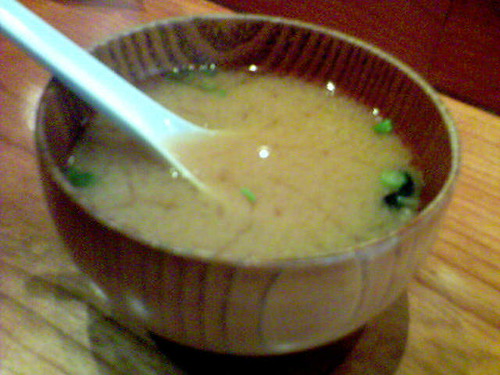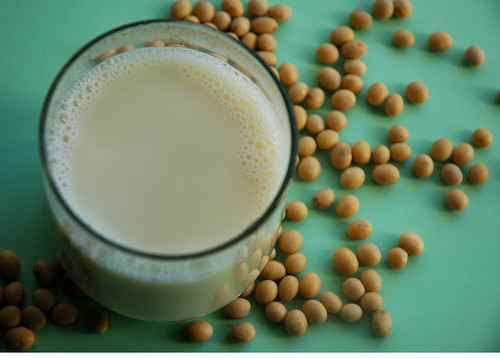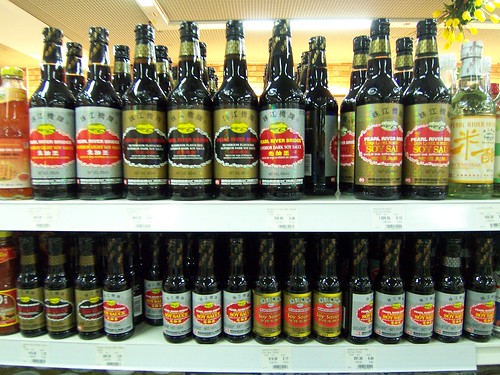The Glos-soy-ry
Soy many terms! Let's make it a bit easier
Since there are so many products
and soy terms out there
that you might be unfamiliar with, I’ve included a
Glos-soy-ry
of terms to help explain some questions that
might arise, such as the difference between “dried” and
“green” soybeans.
Dried Soybeans
This is the most versatile, most widely available form of soybean. Dried soybeans can be stored at room temperature, and are simple to cook.
*Be careful when cooking dried soybeans because nutritional value can be destroyed if overcooked.
Green soybeans
Green soybeans are not widely
available, and are not as versatile as the more mature dried
bean. Canned green soybeans are available in some
stores. Fresh green soybeans are a delicious cooked vegetable
that can be eaten
alone or can be added to other dishes.
Lecithin
Lecithin is a by-product of soybean
oil, and is present in all natural soy products. Lecithin
helps to break up fats and holds them in suspension.
Lecithin may be purchased
in granule or liquid
form. Granular lecithin
may be sprinkled on foods, while liquid lecithin is
excellent for use in cooking. It also makes a non-greasy,
non-stick coating for baking pans.
Miso
Miso is a seasoning paste made from
a fermentation of soybeans, salt, and water. It is available
in health food stores, Japanese markets, and some
supermarkets. Miso soup is a staple in the Japanese diet. It
is traditionally stored at room temperature.
Soy granules
Soy granules are also called soy
grits. Granules are toasted nuggets of soybeans from which
most of the oil has been extracted by pressure or by
chemical solvents. They may be used to replace noodles or
rice in soups, to make an excellent garnish for salads,
and may be added to cereals.
Soybean oil
Soybean oil contains large amounts
of linoleic acid, one of the essential fatty acids. Crude
soy oil also has lecithin in it. Dry soybeans and full-fat
soy powder contain this valuable oil in significant amounts.
Crude soybean oil is not used in cooking because it foams,
but blends of vegetable oil suitable for cooking are
available in stores.
Soy milk
Soy milk is made from
the emulsion of oil, water and protein. It is made by
soaking dry soybeans and grinding them with
water. Soy
milk contains about the same protein as cow milk. The
coagulated protein from soy milk can be made into Tofu.
Soy Sauce
Japanese soy sauce is called “shoyu.”
It is a seasoning liquid made from
a fermented mixture of soybeans, salt, and wheat. It differs
from Chinese soy sauce, which is not made with wheat.
Tofu
Tofu is a bland, easily digestible
“cheese” made from a coagulation of soy milk. There are many
variations of tofu available today.
Yogurt
Yogurt is formed by the action of
bacteria (see
Lactobacillus bulgaricus) at controlled
temperatures. Both soy milk and cow’s milk may be used to
make yogurt.
Now that you understand soy terms, click here to see where the soybean came from.




